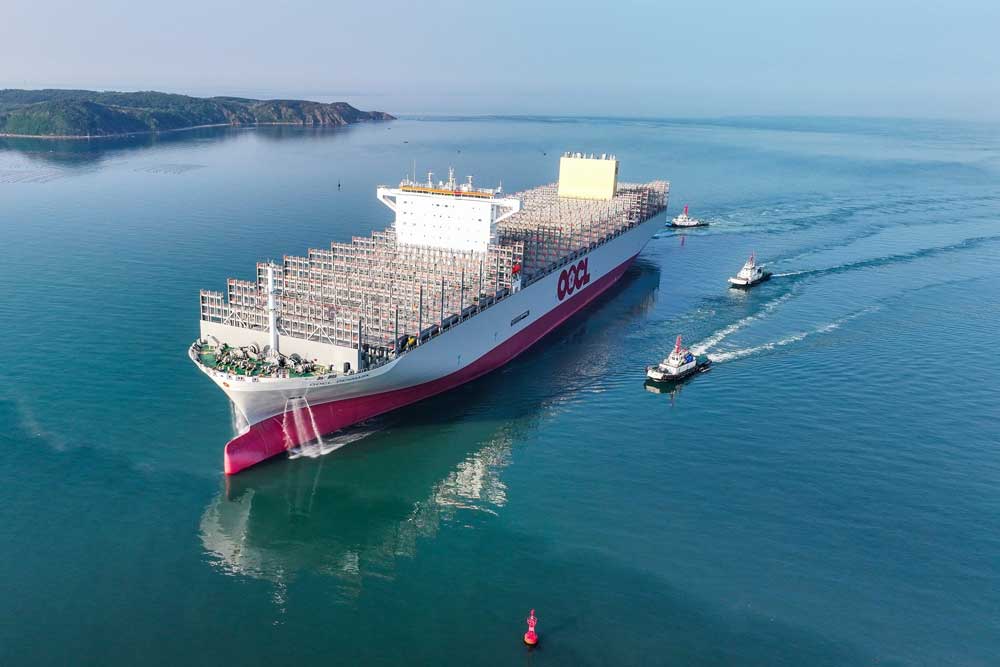Congestion in the port of Singapore is as high as it was during the Covid-19 pandemic. This is indirectly due to the Houthi attacks in the Red Sea.
In response to the crisis, many shipping companies are rerouting their routes via South Africa. The longer travel times are being felt in ports around the world.
As the news agency Reuters reports, global congestion is at its highest level for 18 months. 60% of all ships are currently anchored in Asian ports, and 2.4 million TEU are stuck worldwide. However, while the pandemic caused congestion due to the large number of online orders, among other things, this time the attacks by Yemen’s Houthi militia are the reason. As a result, shipping companies are circumnavigating the Red Sea, and the longer sailing times are causing delays worldwide.
22% higher container volume in Singapore
This is particularly noticeable in Singapore, the second largest container port in the world. As the consulting company Drewry Maritime Advisors reported, many shipping companies are currently trying to unload containers at transshipment hubs. In Singapore, the volume of containers increased by 22% from January to May.
While ships previously spent less than a day anchored at berths, they are currently spending significantly more time in Singapore. The reports on this vary: The Maritime and Port Authority (MPA) reports two to three days, while container trackers Linerlytica and Portcast estimate up to a week.
Impact on other ports
The strain is now also having an impact on the neighboring ports of Port Klang and Tanjung Pelepas in Malaysia, which are used as alternatives. To mitigate the effect, the Ports of Singapore Authority (PSA) will temporarily put older, disused berths back into service, the MPA reported.
The shipping company Maersk announced earlier this month that it would skip two voyages from China and Korea due to the congestion. Previously, the company had already revised its annual forecast to take the crisis into account.
“Major financial setbacks” for shippers
As reported by Reuters, the annual peak season for container shipping has been pushed forward by one month. The high demand, partly due to the replenishment of stocks in the USA, together with the longer sailing times, has led to a sharp rise in transportation costs. Freight rates for containers shipped from Asia to Europe and North America are currently up to three times higher than at the beginning of the year.
Other factors affecting prices include the threat of strikes in American and German ports. “Shippers will have to accept major financial setbacks,” summarized an analyst from the freight platform Xeneta.
















